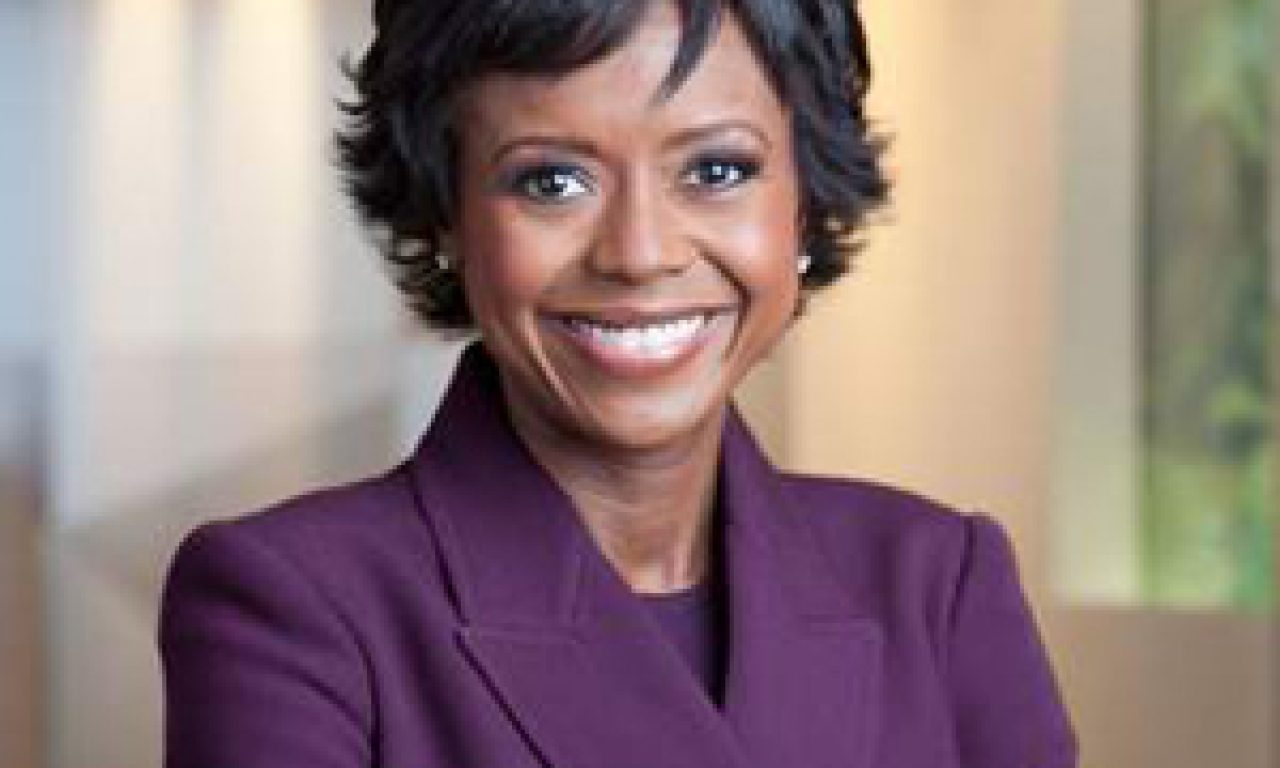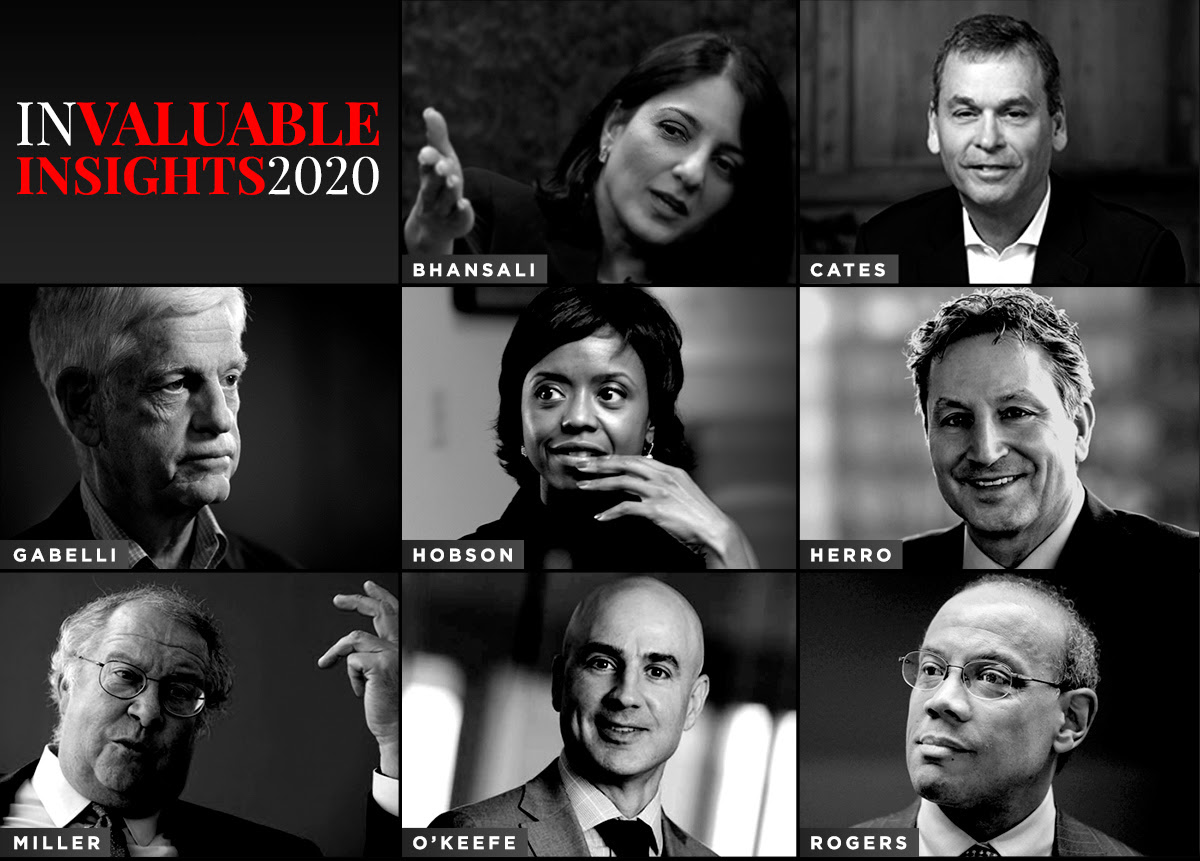by Greg Bright
They’ve been talking about it for a long while, but this time it’s looking serious. Value investing is coming back, after a decade of, mostly, underperformance, thanks to the big market correction around the world and even bigger economic slump, due to COVID-19.
A webinar based in the US last week, on May 13, but attracting about 1,300 participants from around the world, offered up the views of seven high-profile value managers from six different firms. It was called ‘Value Managers Unplugged’ and hosted by Ariel Investments, whose chief executive, Mellody Hobson, chaired the event.
You might think “well, they would say that”, but the managers took no pot shots at other investment styles, such as growth or momentum. They gave their views on the outlook, which were not particularly optimistic, and the investment opportunities which are starting to present themselves. They managed to conceal any glee they probably have for their own firms’ clients, notwithstanding the financial and personal calamity which has befallen the world.
Mellody Hobson is reasonably well known to Australian institutional investors and managers having spoken at a couple of big investment conferences here in recent years. And her CIO for international, Rupal Bhansali, who was on the panel, is a frequent visitor. Less well known here is the Ariel chairman, John Rogers Jr, who also participated.
The external managers, all big names in the value investing world, were: Staley Cates, vice chairman of Southeastern Asset Management; Mario Gabelli, founder and chairman of GAMCO Investors; David Herro, partner and CIO of international equities for Harris Associates; Bill Miller, chairman and CIO of Miller Value Partners; and, Daniel O’Keefe, managing director and founding partner of global value at Artisan Partners.
Keeping the 90-minute session brisk, Hobson asked early for predictions on whether the recovery would represent an L-shaped curve, a U, a V, a W, or a ‘Nike Swish’. The answers were mixed across that spectrum. She asked for predictions for the next US presidential election, Biden or Trump. That result warmed the cockles of one’s heart: six to Biden and one to Trump.
The US share market, mirrored by others such as Europe, UK, and Australasia, took 22 days to fall 30 per cent following shutdowns in March. In the GFC, it took 50 days. In previous significant market corrections, such as 1987, it took a lot longer. Optimistically, Dan O’Keefe from Artisan said: “Downdrafts always end. In my experience, the worse it feels the better the long-term opportunities.”
Not all value managers are pessimists. As an aside, psychological research funded by Harvard University indicates that ‘pessimists’, however defined, are better predictors of the future than ‘optimists’, however defined. Pessimists tend to undershoot on the future and optimists tend to overshoot. But the pessimists actually get closer to the mark, as it turns out. It should be noted, optimists seem to lead more enjoyable lives. They are more successful both in business and in their relationships.
Staley Cates said that his firm was trying to coach clients that “volatility is your friend”. David Herro said: “Volatility is uncomfortable, but it does create opportunities. It doesn’t feel good, but it ends up with better results over time. We know volatility waves come and go. We just have to look forward.”
The value managers concurred that those who questioned why their style has underperformed over the past 10-or-so years (slightly less in Australia and New Zealand), tended to point to market activity by quantitative managers and algorithmic and other science-driven strategies, such as smart beta.
Bill Miller said: “Risk parity managers and other quants in the market have affected what’s happened. But when these things happen, it’s when value investors can outperform.” Staley Cates said: “Those who said value investing was dead invariably pointed to the quants because of their efficiency and their clinical processes. But now you can see fear. That’s almost comforting for us.” Miller added that, in March 2008, Warren Buffett famously said publicly that it was the time to buy. He was right. “I asked him after that how he knew,” Miller said. “He answered that he didn’t know time, he knew price.”
In terms of the opportunities, the good news could come in 2021, according to Mario Gabelli. He says that’s when the US will start focusing on the economy, however indications from various Trump pronouncements may indicate somewhat earlier. The US death rate from COVID-19, at about 82,000 as of last week, is the highest in the world, yet social distancing is being relaxed, according to US news bulletins over the past week.
Rupal Bhansali said that China was “first in and first out” in the crisis. There are interesting after-effects though. For instance, she said, China was seeing a lot of traffic congestion in cities because people were shunning public transport and preferring to drive cars to work. “People seem to be uncomfortable and are still retaining some social distancing,” she said. “In China, it looks like people are being frugal too… We are going to have a lot of ups and downs. The virus is yet to play out.”
John Rogers said that the US stimulus package, currently worth about US$3 trillion, was necessary but might lead to inflation in the long term. “We’ve been able to withstand inflationary pressures for a long time,” he said, “but we think it will spike over the next 10 years and we have to position our portfolios for that.” Rogers believes there is “an explosive upside for value”. The Ariel portfolio was trading at 11 x earnings compared with the index at 20 x. Daniel O’Keefe said there would be a tailwind to those stocks’ earnings which hadn’t been seen for 10 years.
On the question about whether the trend to passive investing would continue, Bhansali said: “Passive is like when a good idea is taken to its tomb. Passive is a good idea which is coming to its end. The market has been driven by flows, not fundamentals. But the market always comes back to fundamentals… The polarisation fo the market has gone to an extreme. Stock picking will come back.”
On the upswing, Bill Miller said, the worst place to be in the downturn was in companies with leverage, but they tended to be the best places to be coming out. “Everyone on this panel [the active value managers] has a very high active share with their portfolios.”
Talking about market sectors, Mellody Hobson ask the panel whether the ‘FANGs’ (Facebook, Amazon, Netflix and Google) were “invincible” because of their monopolies or whether they’ve had “a moment”. Bill Miller said they were not “particularly expensive” except for Netflix. “I think they’ll do fine and become solid investments, perhaps on lower multiples,” he said.
One of the potentially great value opportunities of the moment is airlines. In Australia, Virgin is under administration and other airlines around the world are asking for assistance. But, interestingly, not all managers who commented, were fans of the opportunity. Rupal Bhansali said that she would rather own an airline engine manufacturer – especially a next-generation energy efficient one – than an airline. Bill Miller, whose portfolio includes Delta and UAL, said that if you believed you had an information edge and were a patient investor, the investments could still be good ones.
On a more philosophical note, Daniel O’Keefe, whose portfolio includes South West Airlines, said that he had felt as much like a credit analyst of late as a stock analyst. “Can South West burn $30 million a day and last six or 12 or 18 months? Pick your assumption,” he said.


